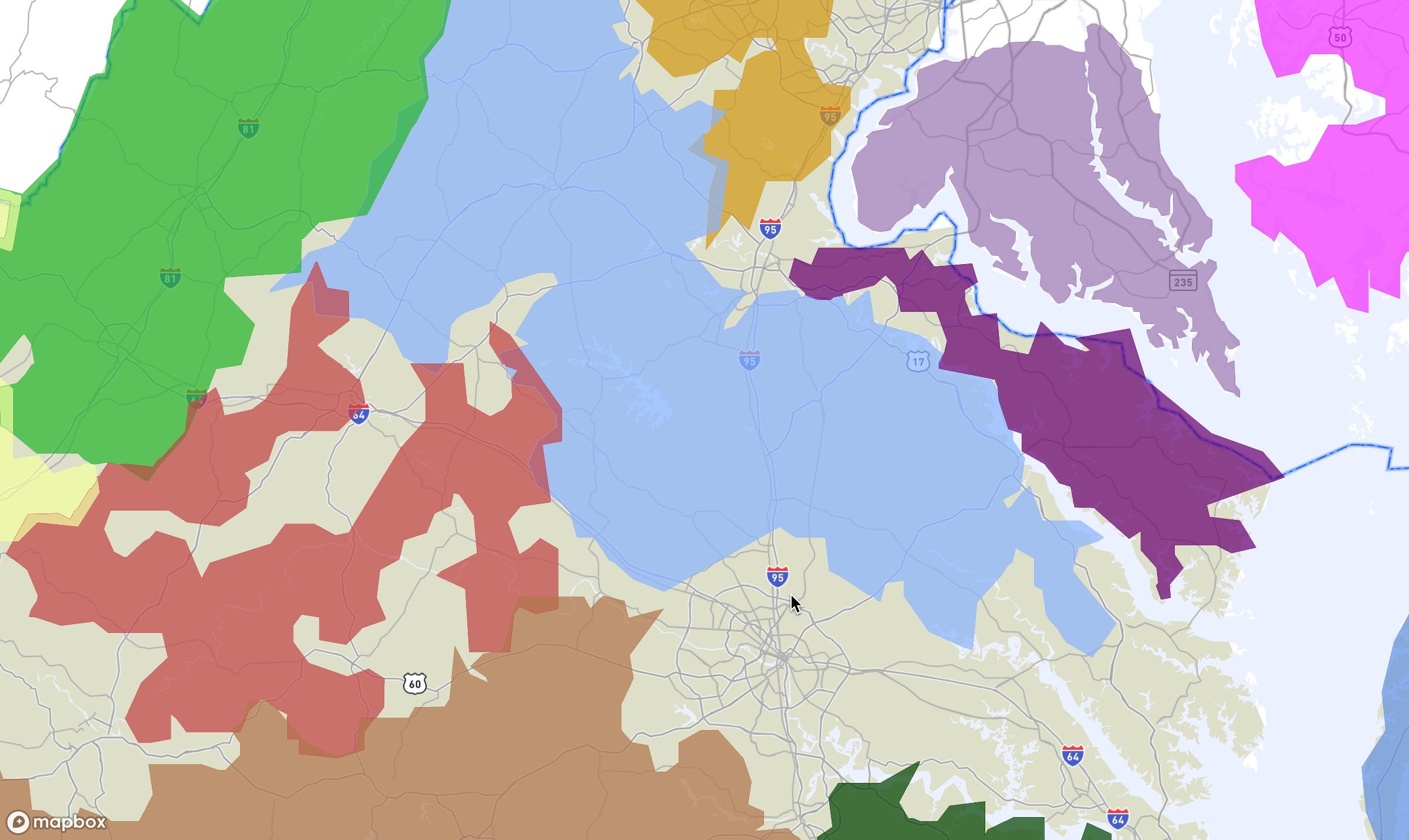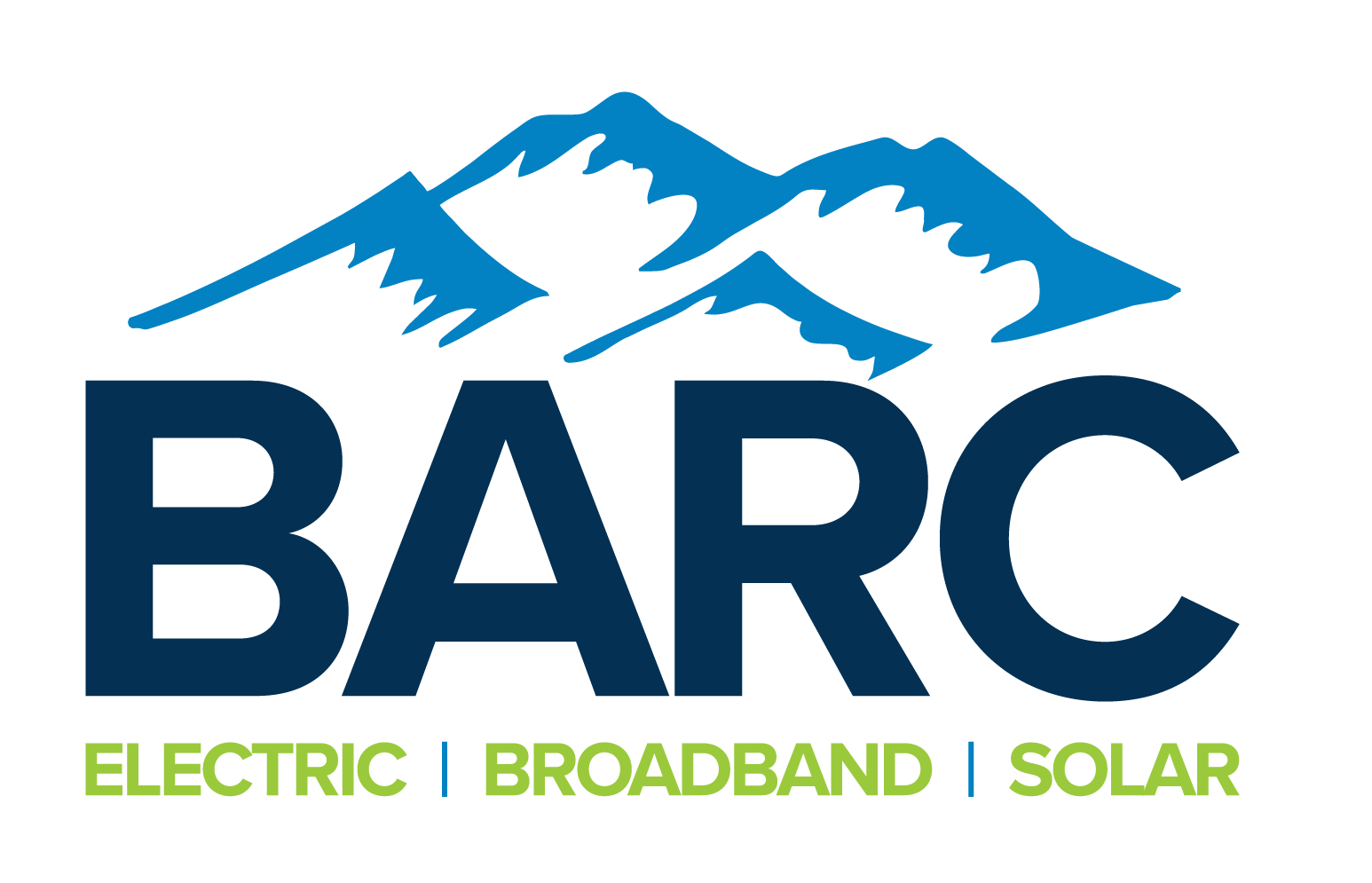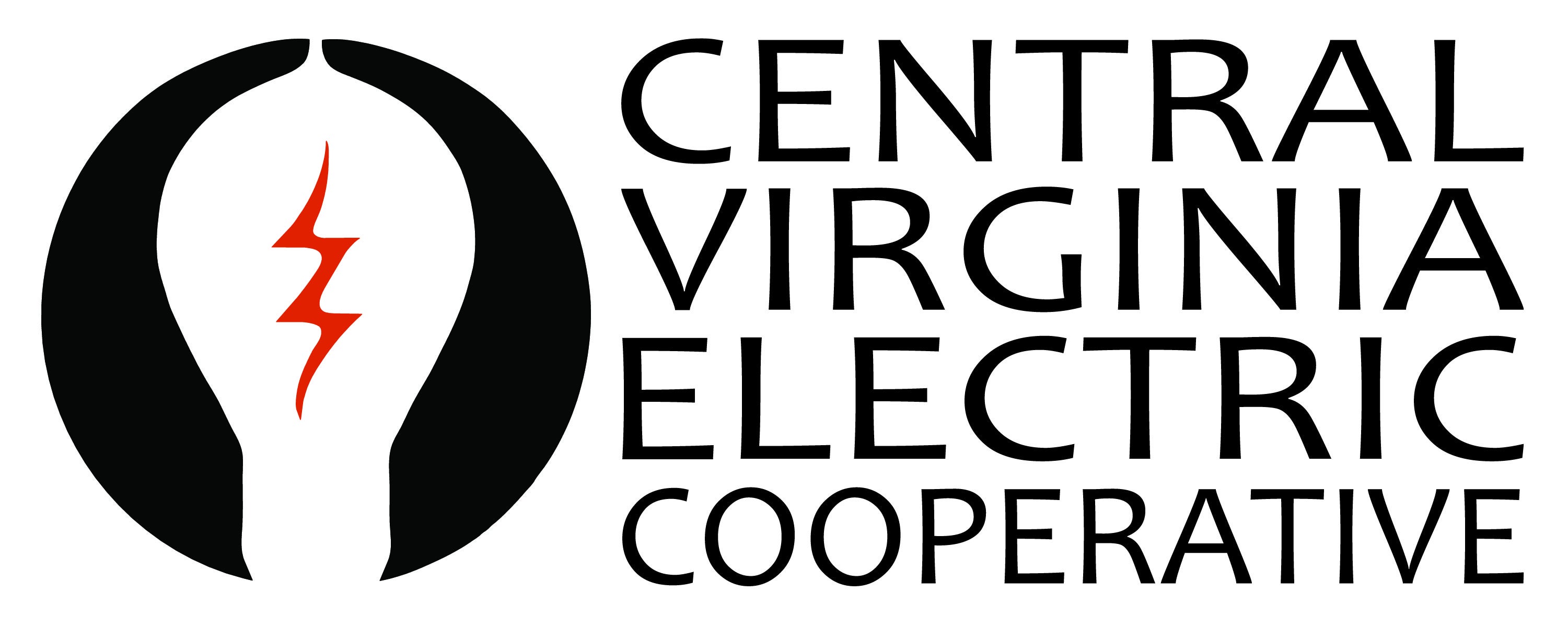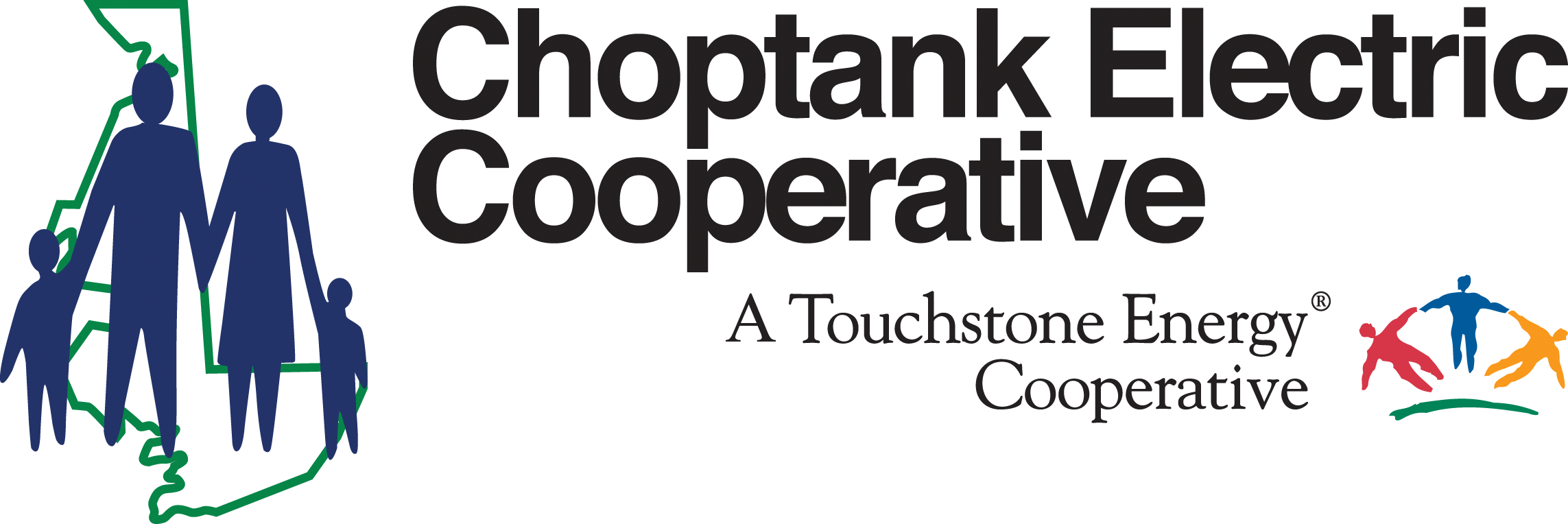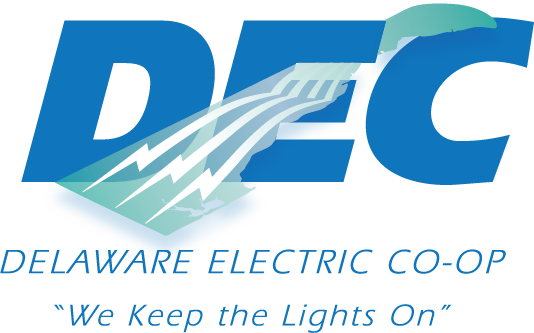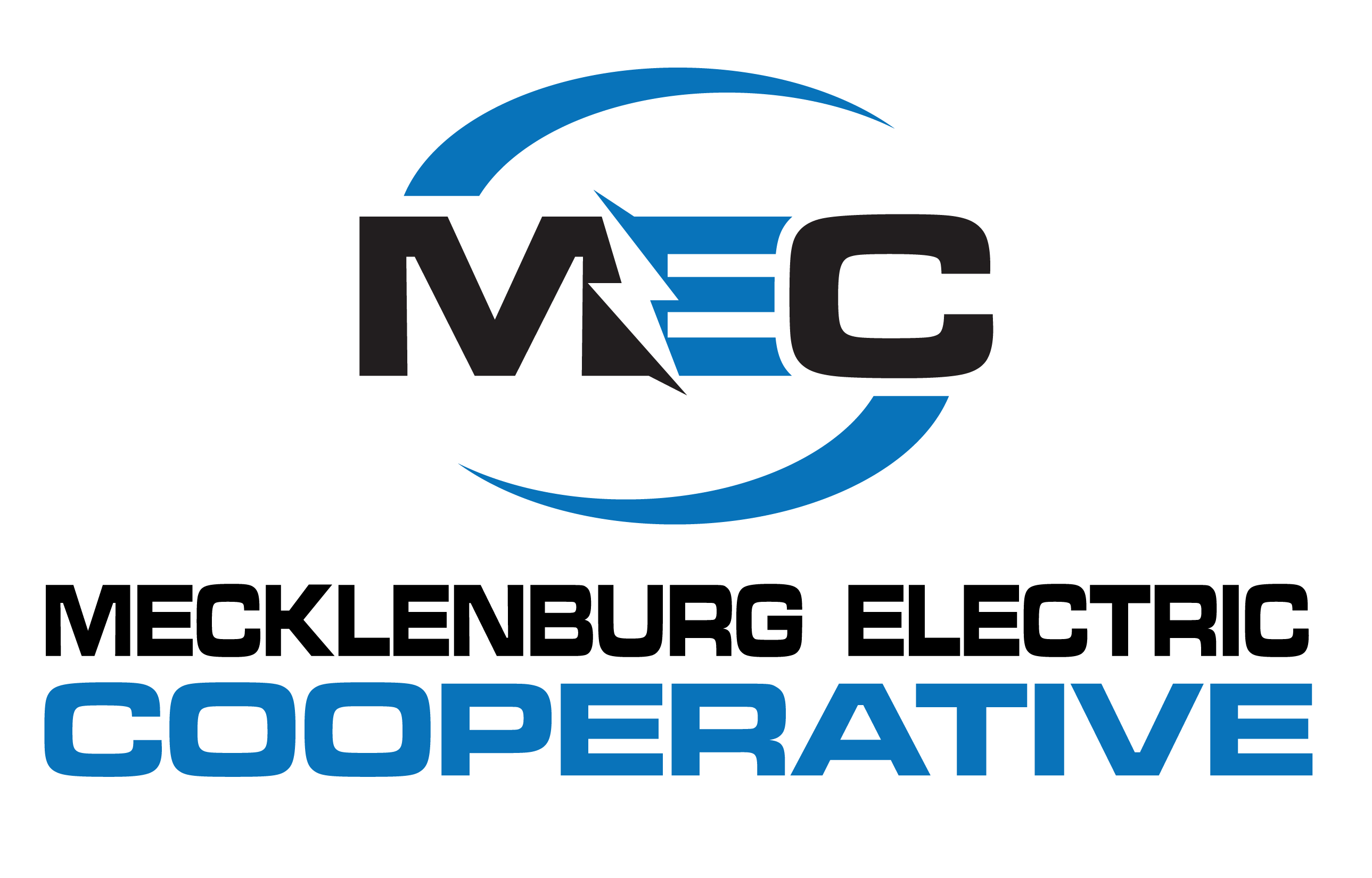Phone: (804) 346-3344
The Virginia, Maryland & Delaware Association of Electric Cooperatives is a trade association serving 16 member electric cooperatives in Virginia, Maryland and Delaware.
Color-coded service areas on the map match the color code beside the co-ops logo.
Click on the logos below to visit the cooperative’s website.

